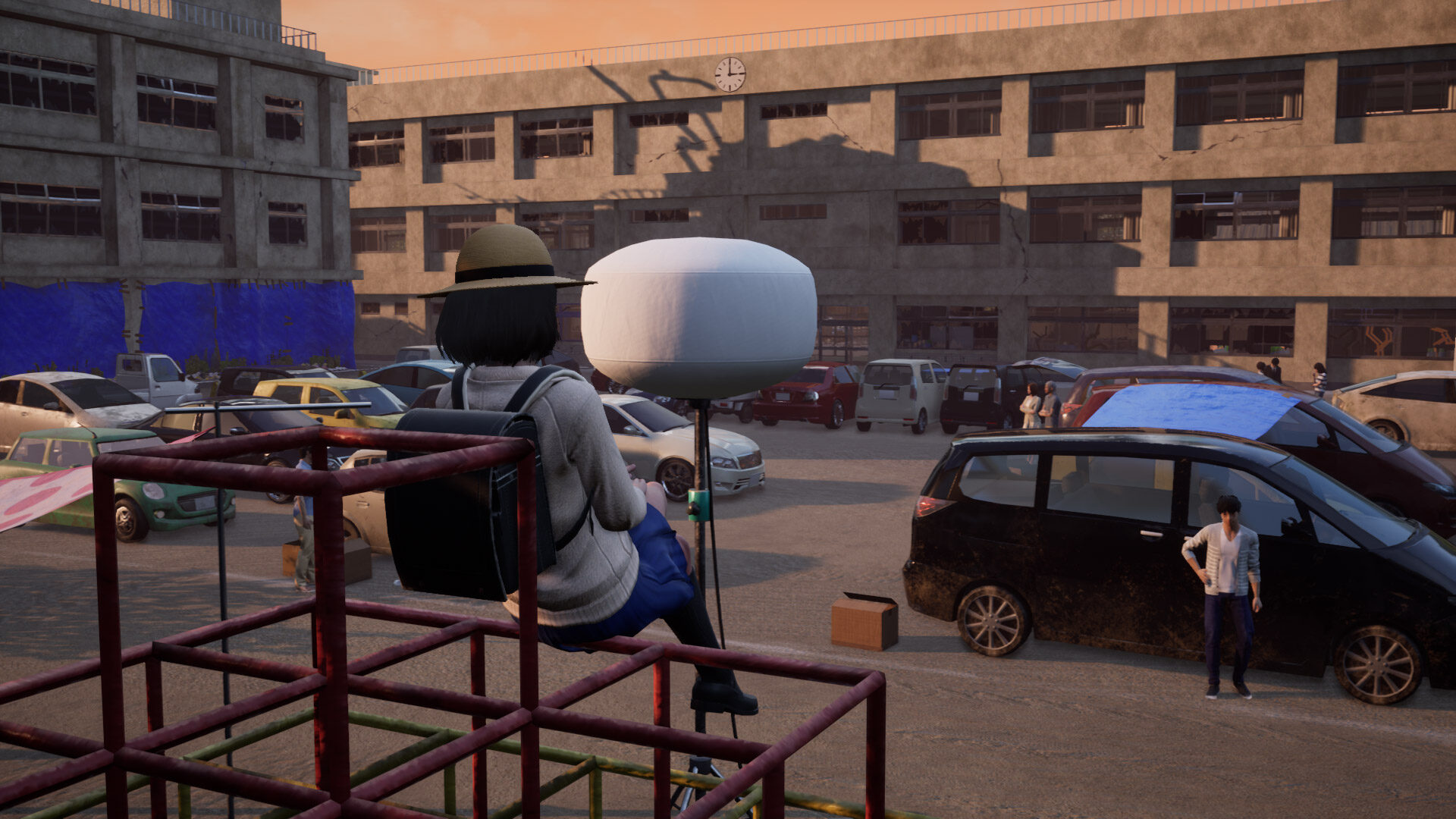Disaster Report 4: Summer Memories Preview
“It was a relief to have been able to fulfill our promise toward the fans who’ve been waiting for this game for over seven years,” Kazuma Kujo told me when I asked how it felt to see his latest gaming project finally released.
That project? Disaster Report 4: Summer Memories, the new survival adventure that Kujo serves as producer on. Planned as the fourth release in Kujo’s string of underappreciated games about natural disasters, Disaster Report 4 was to be a deeper and more dramatic experience, one that would task players with trying to survive on the streets of Japan in the aftermath of a devastating earthquake.
And then, in March of 2011, as the game was getting close to release, the Tōhoku earthquake hit off of the east coast of Japan—resulting in, among other side effects, the failure of the Fukushima nuclear power plant.
Kujo, his team, and publisher Irem were all no doubt hesitant to release a video game about an earthquake hitting Japan as their home country struggled to cope with the real-life equivalent. A few days after the event, they officially canceled Disaster Report 4’s impending release. Over the next few years, Kujo would end up breaking off from Irem to start his own development studio named Granzella, putting together a new team, and obtaining the rights to the Disaster Report series from Irem, with the goal of one day finally releasing the game.
“Looking back now, we’ve had a lot of luck on our side,” Kujo admitted. “I don’t think we’d be able to pull off something like that again.”
Years removed from that terrible disaster, it’s hard not to be thankful that luck was indeed on Granzella’s side. Disaster Report 4 is an incredibly unique experience, existing in a landscape where so many other games based on similar themes somehow feel required to bring in aliens, zombies, or other fantastical elements.
While Disaster Report 4 could have been a sort of digital catharsis in the aftermath of events like the Tōhoku earthquake, Kujo cautioned me, surprisingly, about reading too much into his reasons for creating the series.
“There were books, movies, and other works that had disaster themes, but no video games that dealt with the topic—especially with earthquakes. I thought there’d be a certain demand for games where you could experience these things during play,” he explained.
“It may sound imprudent, but I made this game strictly as a form of entertainment.”
The Weight of the Real World
While series creator Kazuma Kujo insists that the Disaster Report games are first and foremost designed to be fun, he has also had to face the impact that those games were having on some players.
“As the [series] started to grow, I was concerned to hear players say that the games would be helpful in the event of a real disaster,” Kujo said. “The attitude of developing these games as purely a form of entertainment remains the same, but I felt the need to approach this through a more professional lens.”
One example of this is the team’s cooperation with the Kobe City Fire Department. During development of Disaster Report 4, the group contacted Granzella with the hope of potentially communicating more in-game information on what players should do if they encounter similar disasters in the real world.
“We wanted to emphasize the game’s enjoyment, [yet] we still had to pay attention to its core theme and realism,” explained Kujo. “This is always a concern when working on the series, and I don’t believe a clear answer has been found yet.”
Still, as much weight as there might be on the shoulders of Kujo and his team to find that middle ground, this challenge is part of what makes the Disaster Report series so special.
“Every time I make adjustments to this balance, I find myself thinking that this is what forms the personality of [these games],” said Kujo.
